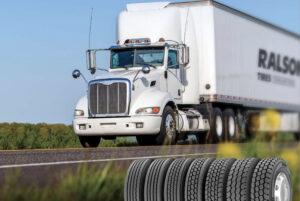With the plethora of tire brands available to trucking fleets these days, determining which ones have quality casings for retreading can be daunting, but should not be.
There is no reason for fleet managers to make subjective judgments about casing quality; objective information is readily available to research the best value proposition.
The latest generation non-destructive testing equipment provides a look inside the casing for very objective evaluation. Tire retread providers should also have access to a database on inspection rejection rates of different casings by brand, wheel position and application. Both of these can serve as an initial indicator for casing quality assessment.
In addition, compare the dimensions and weight of casings:
- Is the casing buff radius wide enough to accommodate a drive tire retread?
- How large is the road contact area?
- Is there a substantial weight variance from known quality casings you have experience with?
If the tire is lighter with a narrow tread and smaller contact area, it might indicate that materials have been removed and corners cut to decrease the cost of producing the tire. On the other hand, if the tire is substantially heavier then it may generate and hold heat, becoming susceptible to separation and reduced service life.
A well-executed retreading program can save trucking fleets substantial dollars. Armed with real world data, fleet managers can choose medium/heavy truck tire brands with a good track record for retreadability . . . quality TBR brands like Ralson, which comes with a 7 year/3 retread warranty. Now that’s real confidence in a product!

Ralson TBR tires are backed with a 7 year/3 retread warranty

